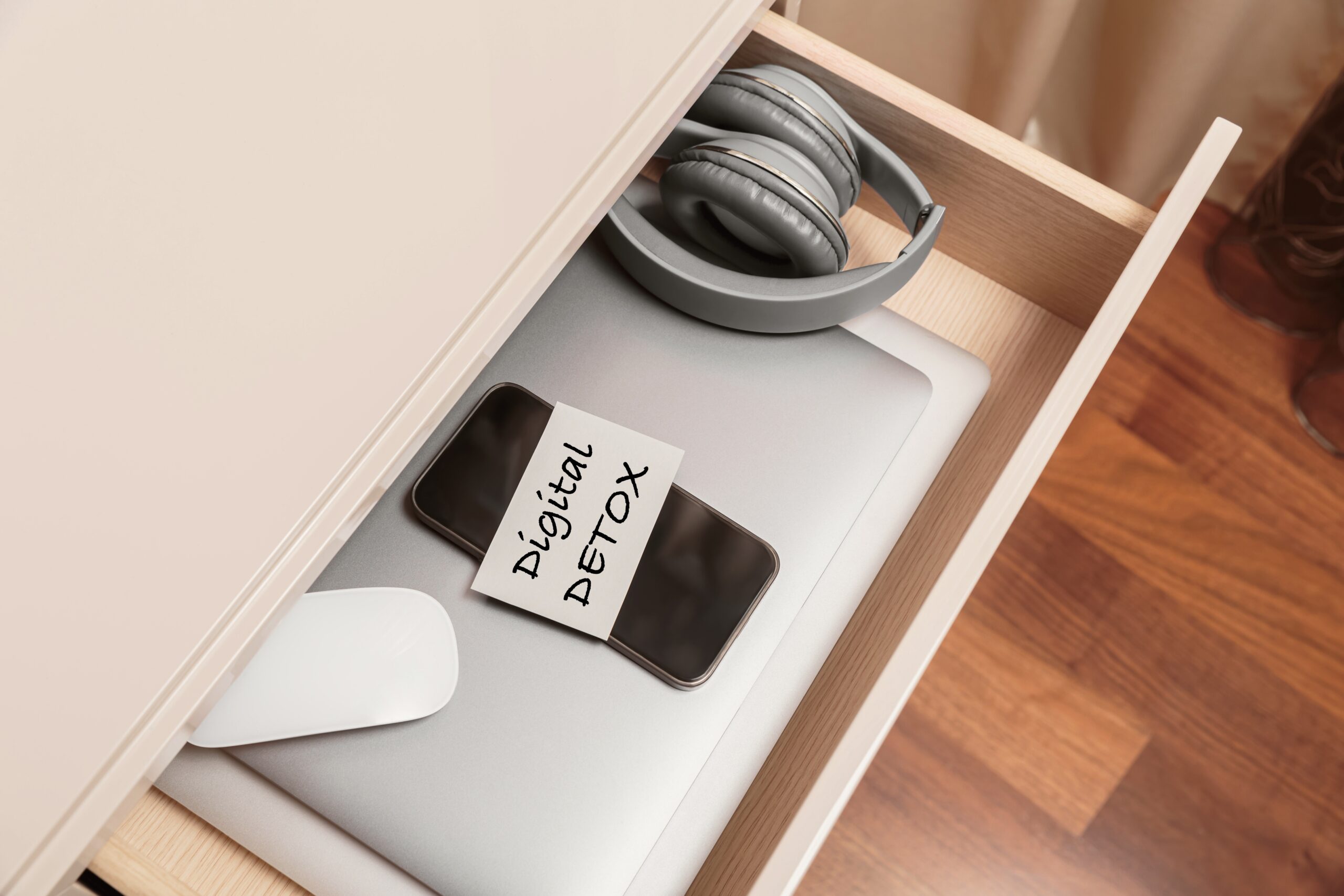The Importance of a Well-Chosen Front Door
When considering the design and functionality of a home or building, few elements are as prominent as the front door. It’s the first impression visitors and passersby receive, serving both aesthetic and practical purposes. A new front door can significantly enhance curb appeal while improving insulation and security. Whether you’re upgrading for personal comfort or preparing a property for sale or lease, selecting the right door is a thoughtful process.
Front doors are not just about appearance—they also play a key role in safety and energy efficiency. Modern door options come equipped with advanced locking systems and insulation technologies. Choosing the right material—wood, fiberglass, steel, or composite—should depend on your climate, budget, and maintenance preferences. Each material offers different benefits in terms of durability, style, and thermal performance.
Design Choices and Customization
Homeowners and business owners alike are increasingly opting for custom doors to express their unique tastes and meet specific functional needs. Customization allows for a range of choices in size, material, finish, and hardware. Whether you want a minimalist look or something more ornate, custom doors provide flexibility that off-the-shelf models may not offer.
Customization can also be practical. For instance, if your property has a non-standard entryway size or if you need to match architectural features, having a door tailor-made can ensure a perfect fit. Popular design features include:
- Decorative glass inserts for natural light
- Side panels and transoms for visual impact
- Enhanced security features like smart locks
- Weather-resistant finishes for longevity
By investing in custom doors, you ensure both visual harmony and improved functionality that aligns with your lifestyle or business operations.
Balancing Style with Security
Security is a central concern when choosing a new front door. It’s essential to strike a balance between an attractive design and robust protection. Many modern doors now include reinforced frames, multi-point locking mechanisms, and impact-resistant cores that deter intrusions. Especially in commercial doors, security features are often a top priority due to the higher foot traffic and increased vulnerability.
When making a selection, consider the following security features:
- Solid core construction for added strength
- Deadbolt locks and anti-drill plates
- Security-rated glass that resists shattering
- Smart locks that allow remote access and monitoring
Incorporating these elements ensures your new front door provides not only peace of mind but also meets any regional building codes or insurance requirements related to entry security.
Integration with Windows and Doors Systems
While the front door is a focal point, it should also harmonize with the other windows and doors throughout your property. Coordinated designs help create a cohesive look and can improve energy performance by maintaining consistent insulation values across all openings. Many manufacturers offer integrated systems that include matching styles and finishes for both residential and commercial settings.
When planning an upgrade, it’s wise to consider the entire facade. Matching your front door with adjacent windows and doors contributes to a unified appearance and may simplify maintenance over time. Some benefits of integrated systems include:
- Improved energy efficiency through uniform sealing
- Streamlined installation process
- Enhanced visual appeal and symmetry
- Consistent hardware and locking functionality
Whether you’re renovating a home or updating commercial doors for a business, attention to detail in matching components can elevate the final result.
Front Doors in Commercial Applications
In commercial settings, front doors must meet a broader range of requirements. Beyond aesthetics, they must comply with accessibility standards, fire regulations, and durability expectations due to frequent use. Commercial doors are often built with reinforced materials and designed for high-traffic environments, making them distinct from residential options.
Business owners should evaluate specific needs such as:
- ADA compliance for accessibility
- Fire-rated materials for safety
- Automatic entry systems for convenience
- Brand-aligned design for professional image
Using well-designed commercial doors can improve customer experience while maintaining safety and regulatory compliance. Whether for retail, office buildings, or hospitality, choosing the appropriate front entry solution can have a lasting impact on operations and visitor perception.
Conclusion
A front door serves as both a functional asset and a design highlight for homes and commercial properties alike. Whether you’re considering a new front door for aesthetic upgrades, improved energy efficiency, or enhanced security, thoughtful planning and quality materials are key. Custom doors offer a tailored solution, while a cohesive approach to windows and doors ensures long-term satisfaction. For businesses, investing in commercial doors that meet both practical standards and visual goals is equally important. By aligning style, safety, and functionality, you can create an entryway that truly welcomes and protects.








